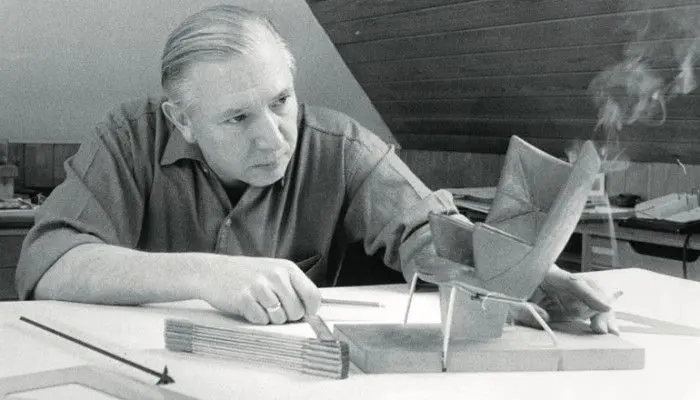
Product Details
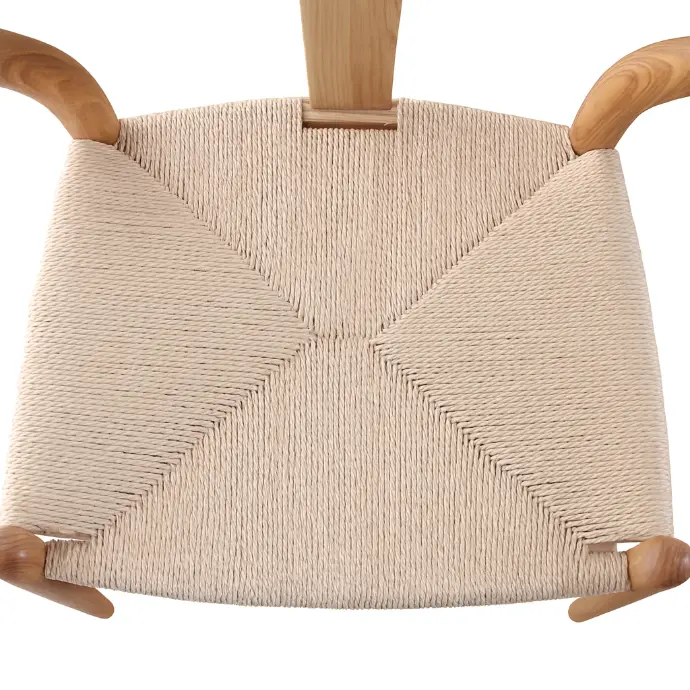
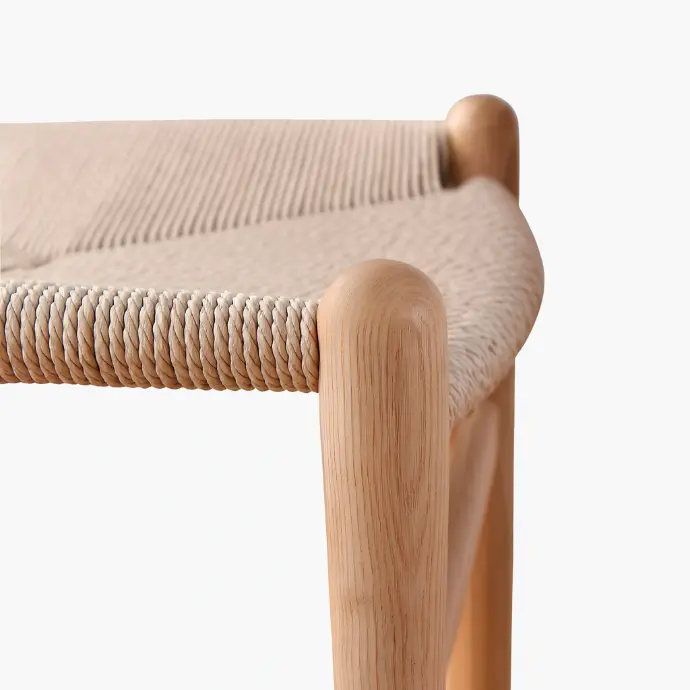
Materials & Finish
The Wishbone Chair is crafted from solid wood — typically oak, ash, beech, or walnut — with a hand-woven paper cord seat. The wood is finely sanded and finished in natural oil, soap, or lacquer to highlight the grain. The combination of warm timber and natural fiber reflects Wegner’s commitment to honest craftsmanship and Scandinavian design purity.
Lightweight yet robust, the Wishbone Chair offers exceptional seating comfort through its curved backrest and flexible woven seat. Its open form allows freedom of movement, making it ideal for dining, meeting, or casual spaces. The combination of natural materials, refined craftsmanship, and timeless silhouette makes the Wishbone Chair an enduring icon of Danish modern design, harmonizing elegance with everyday usability.
Comfort & Functionality
The frame is constructed with precision joinery, including mortise and tenon connections for structural strength. The characteristic Y-shaped backrest is steam-bent to provide ergonomic support and visual balance. The seat is hand-woven from durable paper cord, consisting of more than 120 meters of tightly braided fiber for long-lasting flexibility and comfort. Each chair is assembled and finished by hand to maintain exact proportions and lasting stability.
Construction
Size and Packaging of the Product
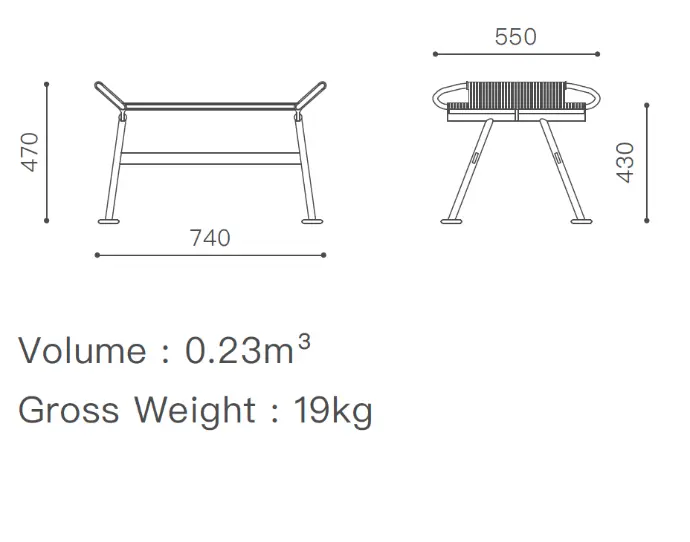
Product Dimensions
Item is fully assembled

Box Dimensions
packed in 1 Box
Hans J. Wegner
Hans J. Wegner (1914–2007) was a Danish furniture designer, renowned as the “Master of the Chair” for creating over 500 chair designs that epitomize Scandinavian modernism. Trained as a cabinetmaker and educated at the Danish School of Arts and Crafts, Wegner emphasized organic simplicity, craftsmanship, and comfort. His most iconic pieces include the Wishbone Chair (1949), Round Chair—famously used in the 1960 Kennedy–Nixon debates—and the Peacock Chair. Wegner skillfully merged traditional woodworking techniques with modern aesthetics, producing timeless, functional furniture. His dedication to form and function secured him a central role in shaping 20th-century Danish and international design.
?unique=25a3fc3)



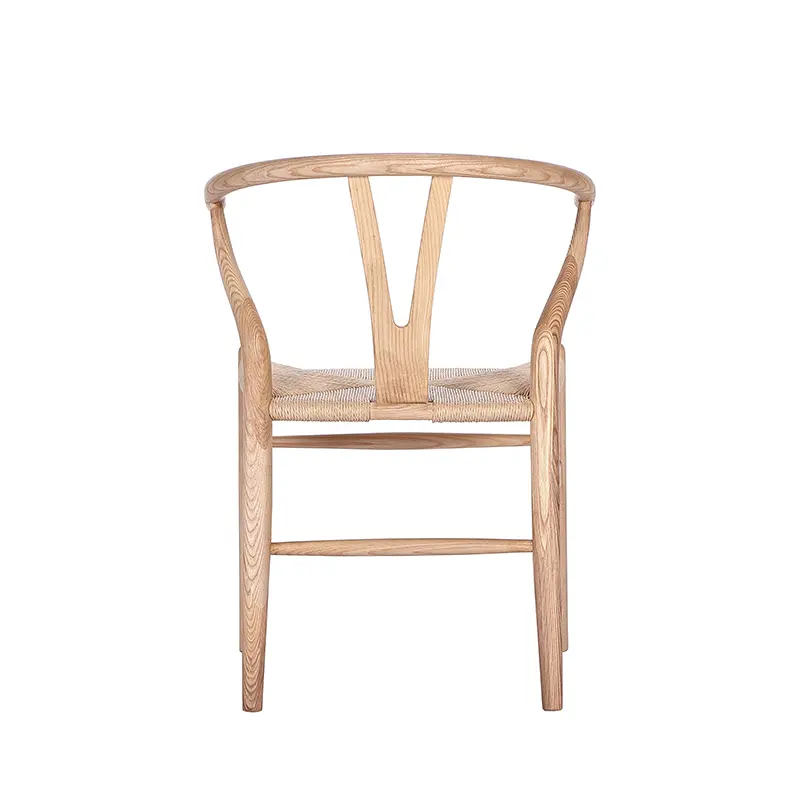
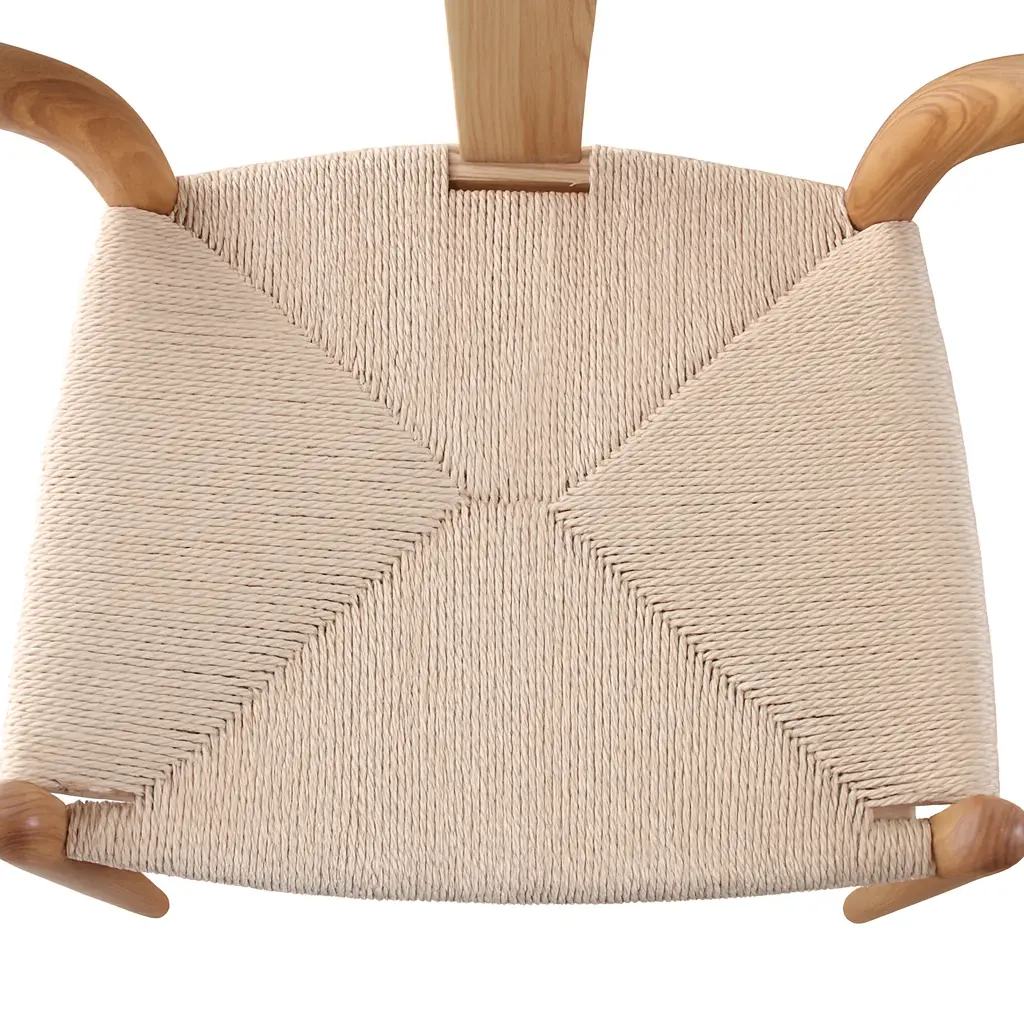
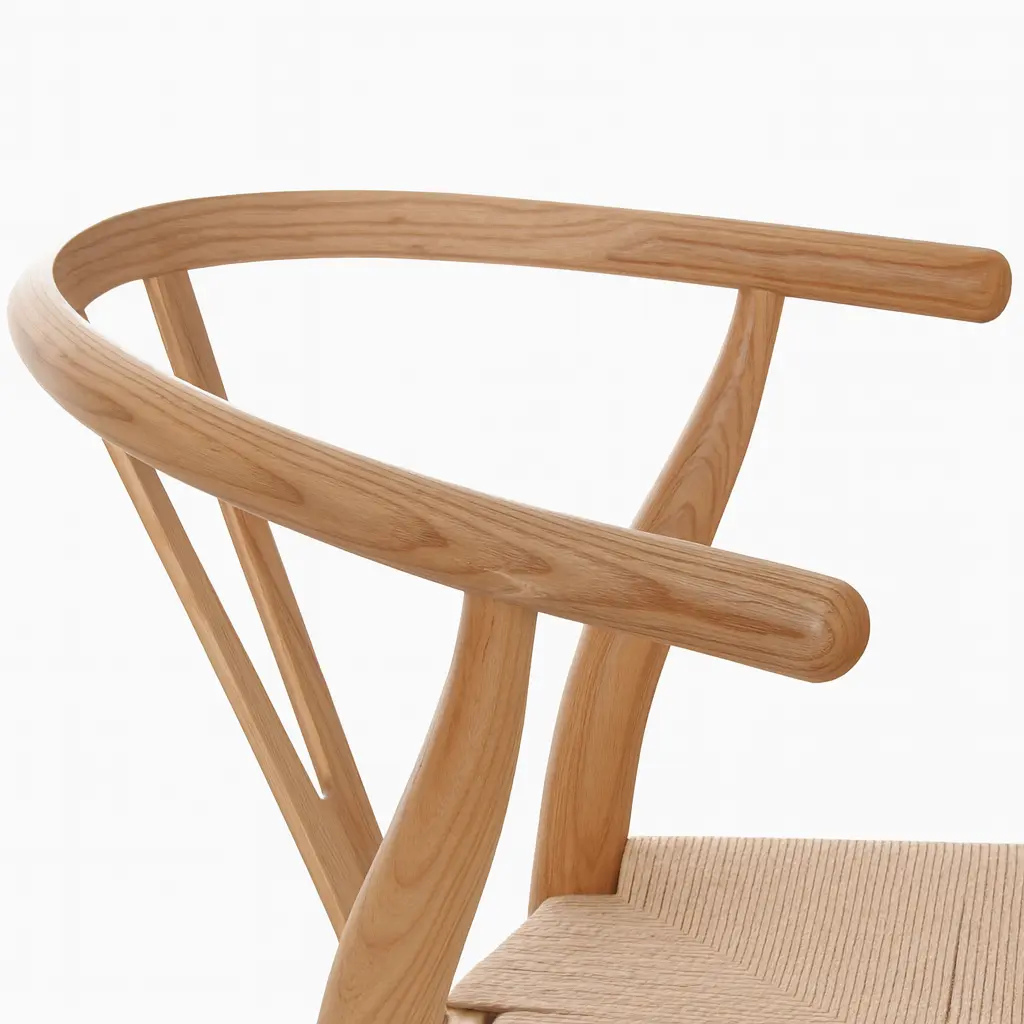

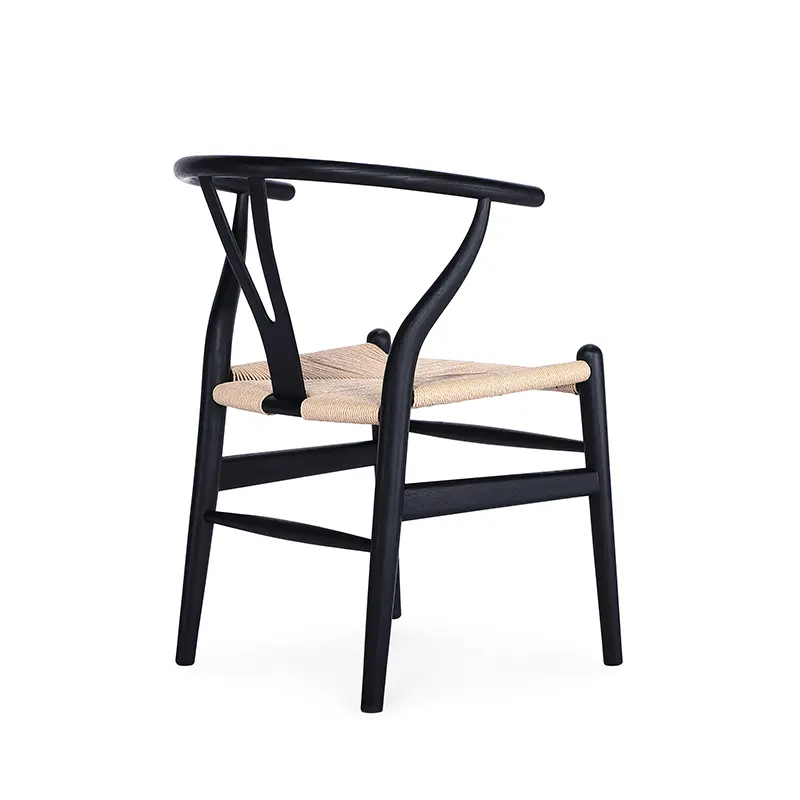
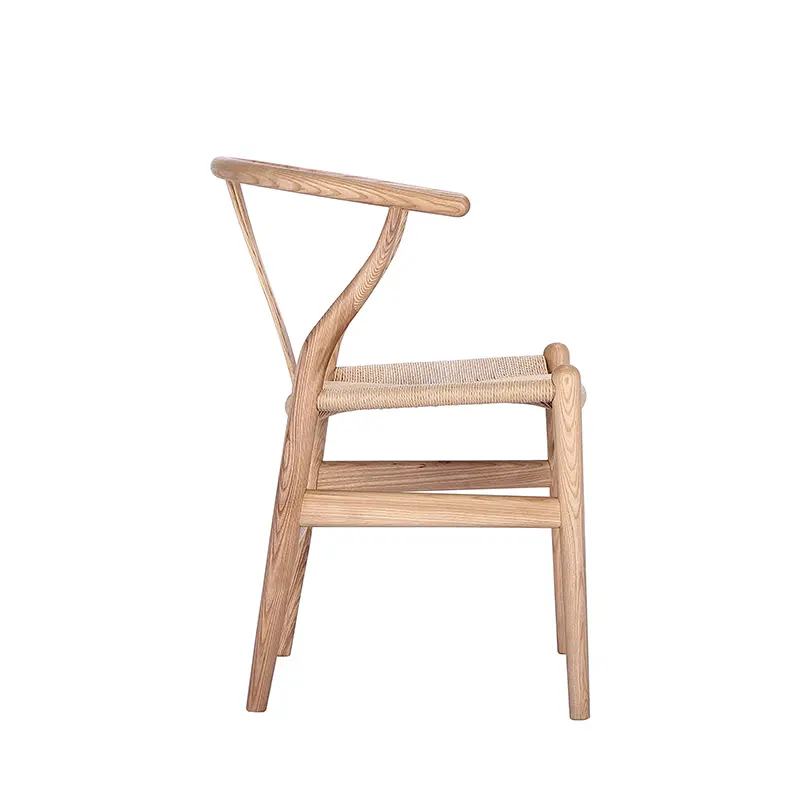

?unique=25a3fc3)










